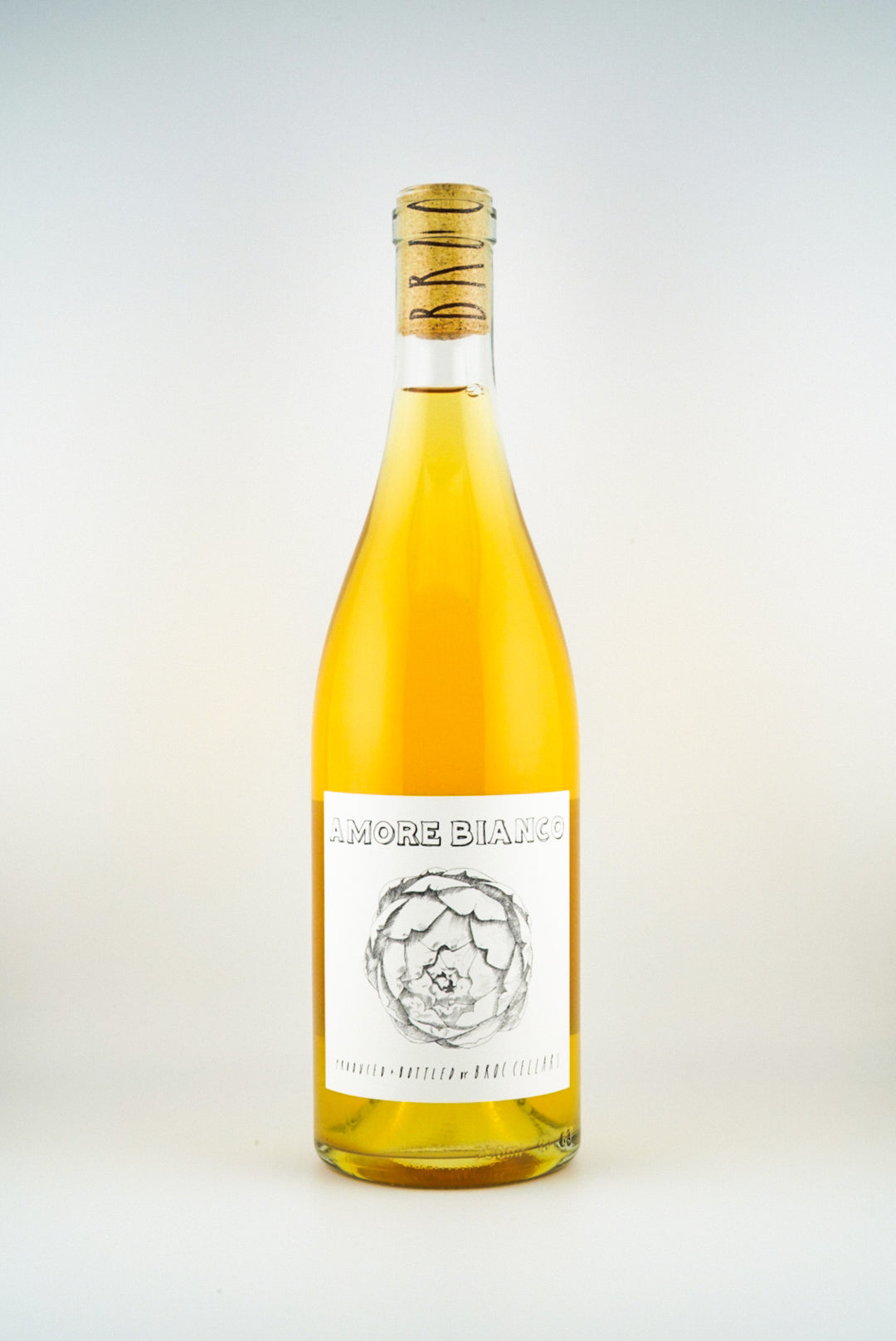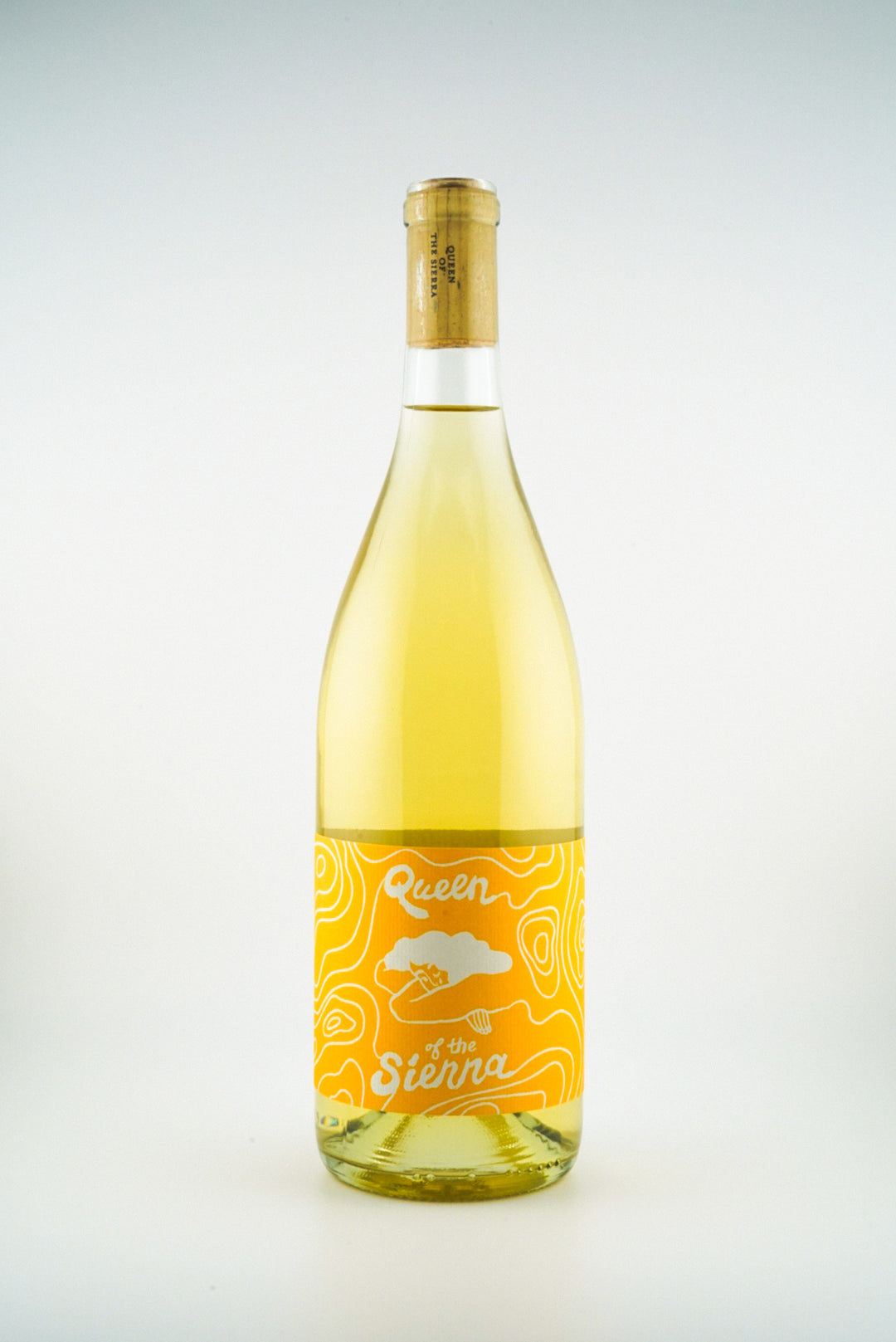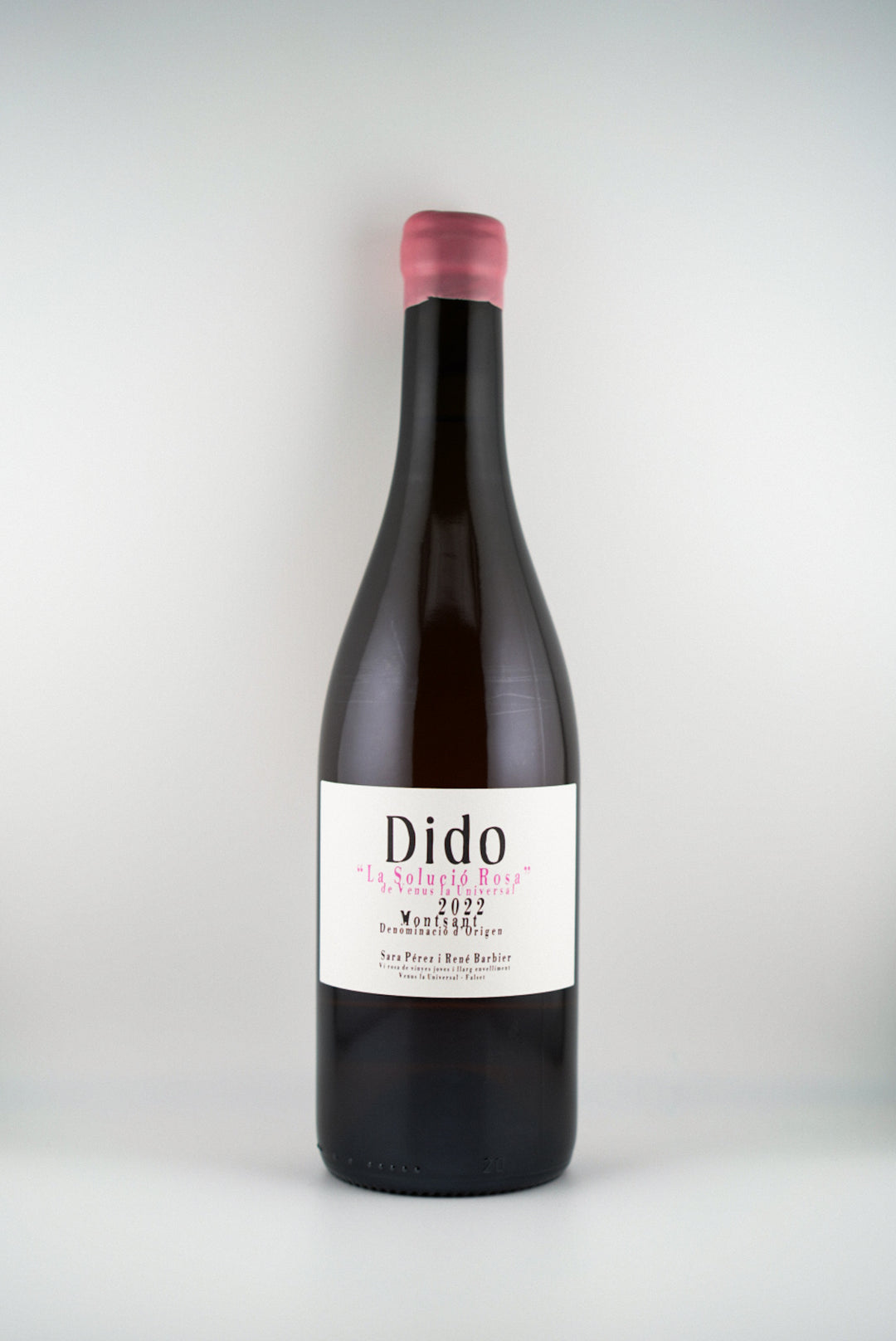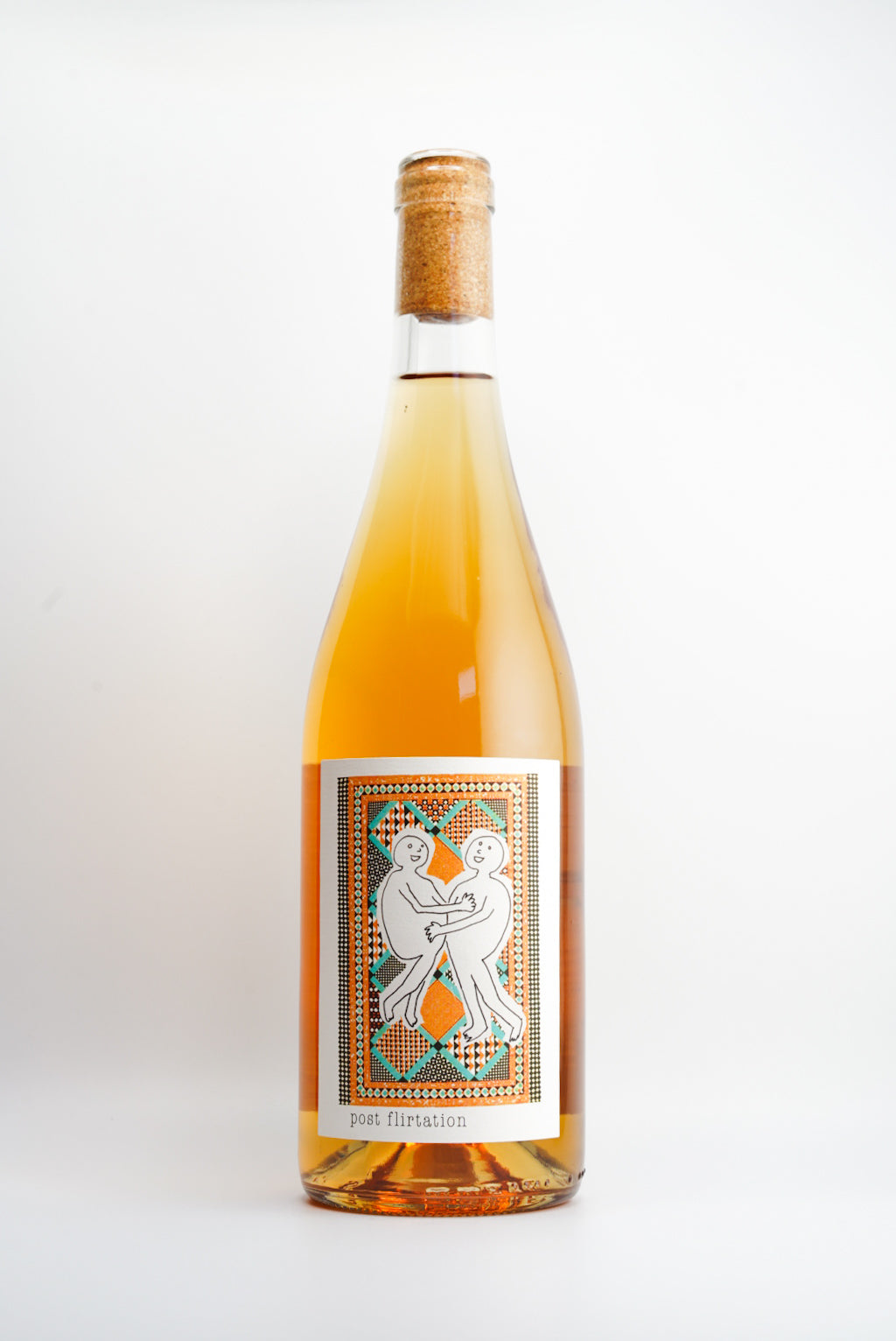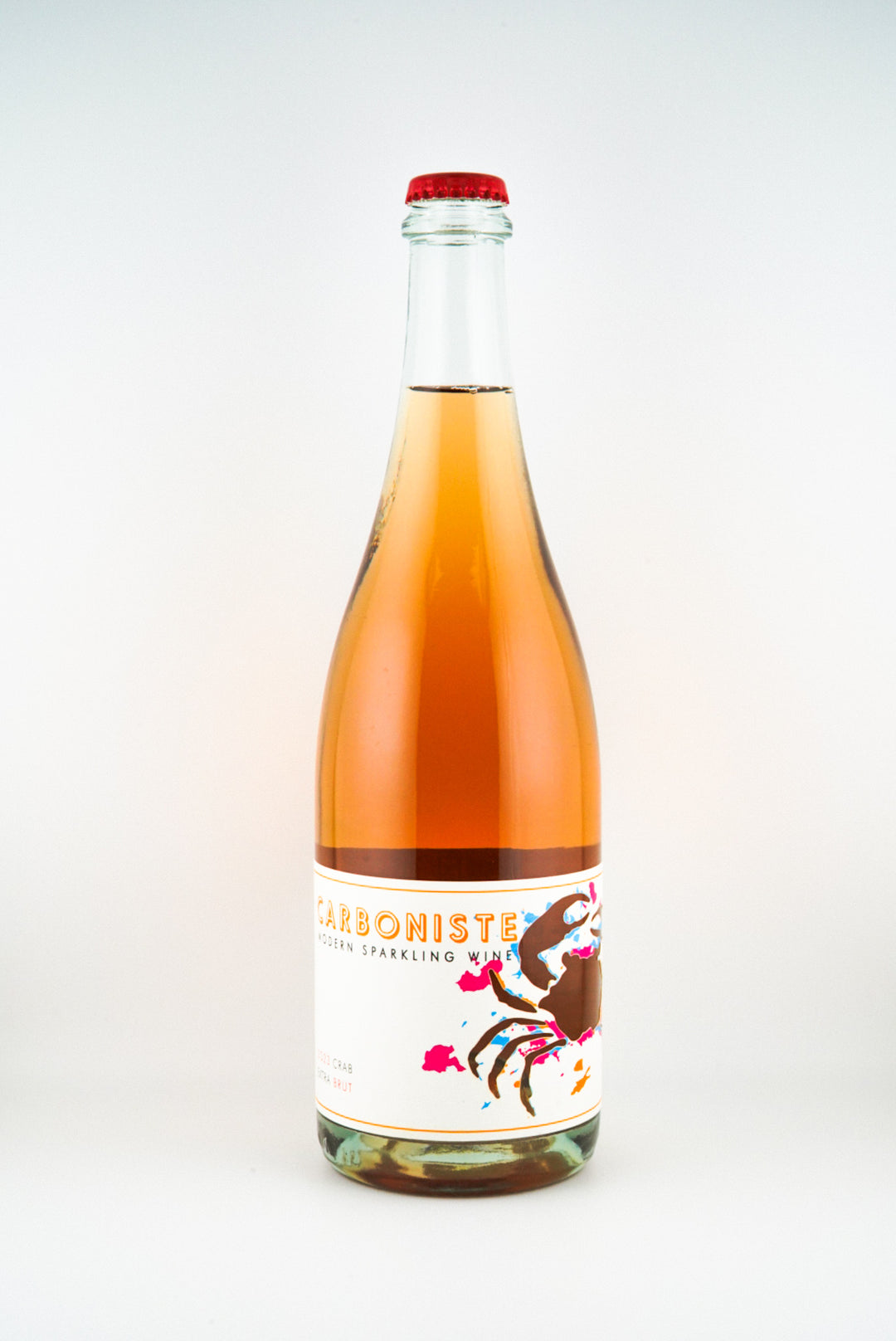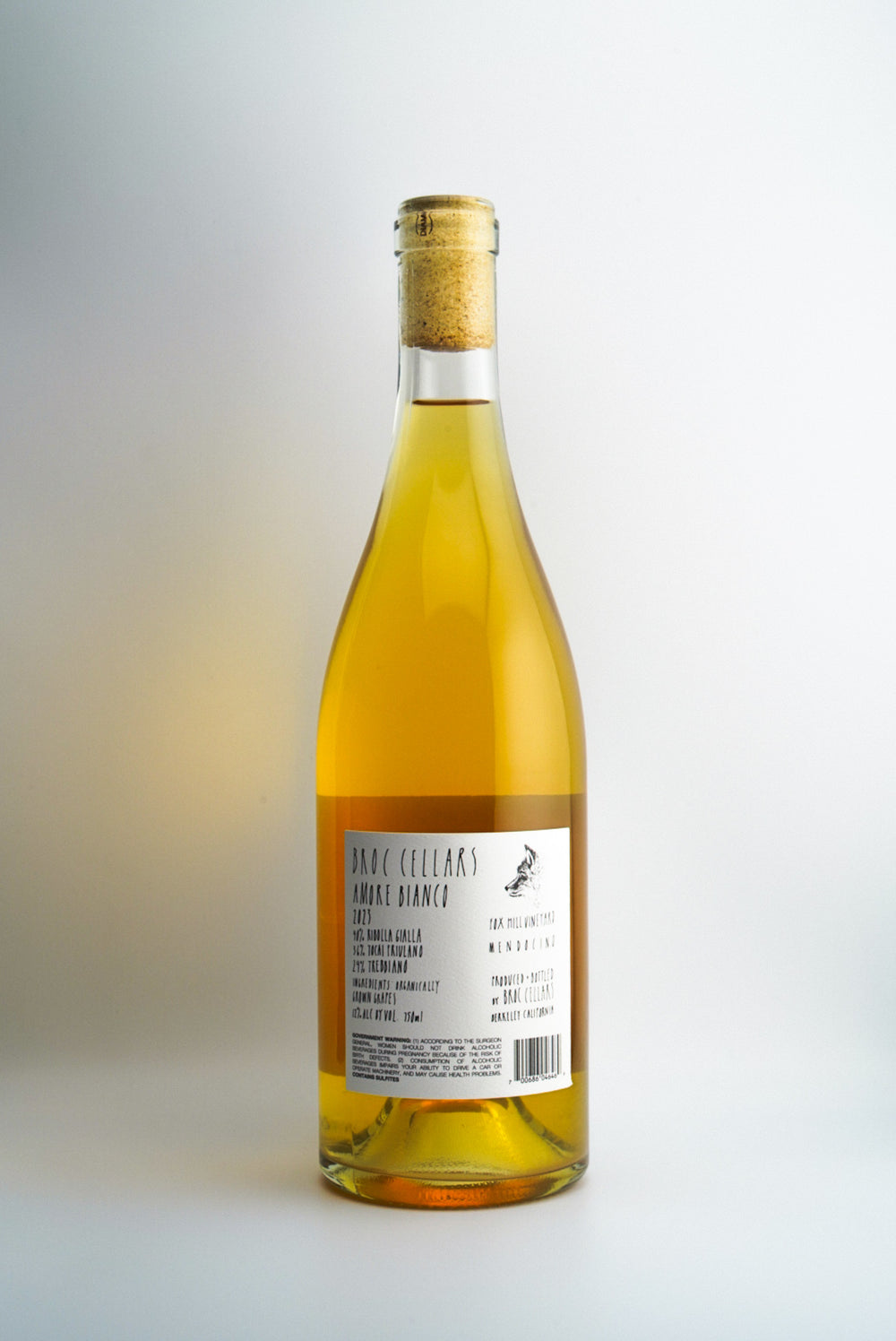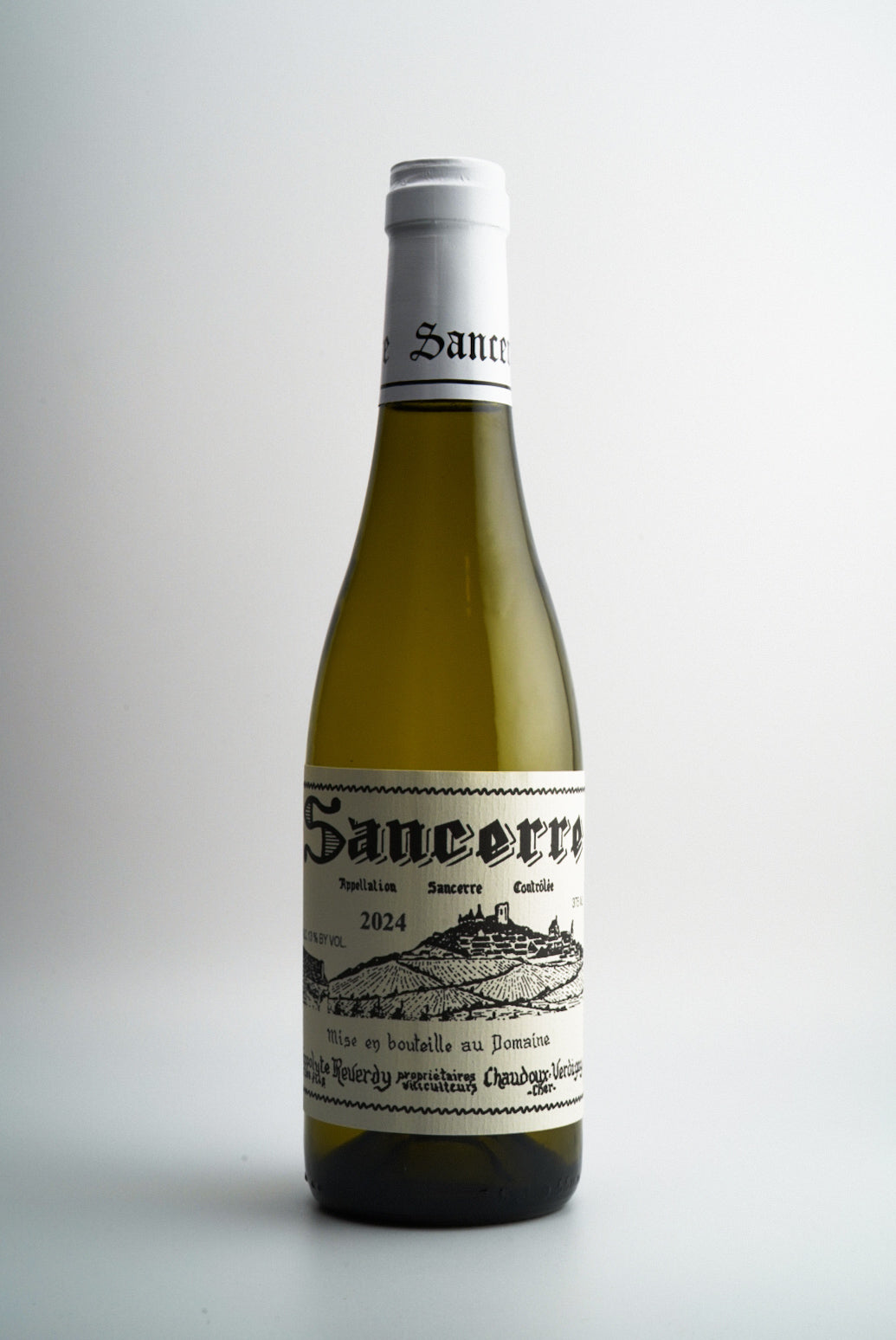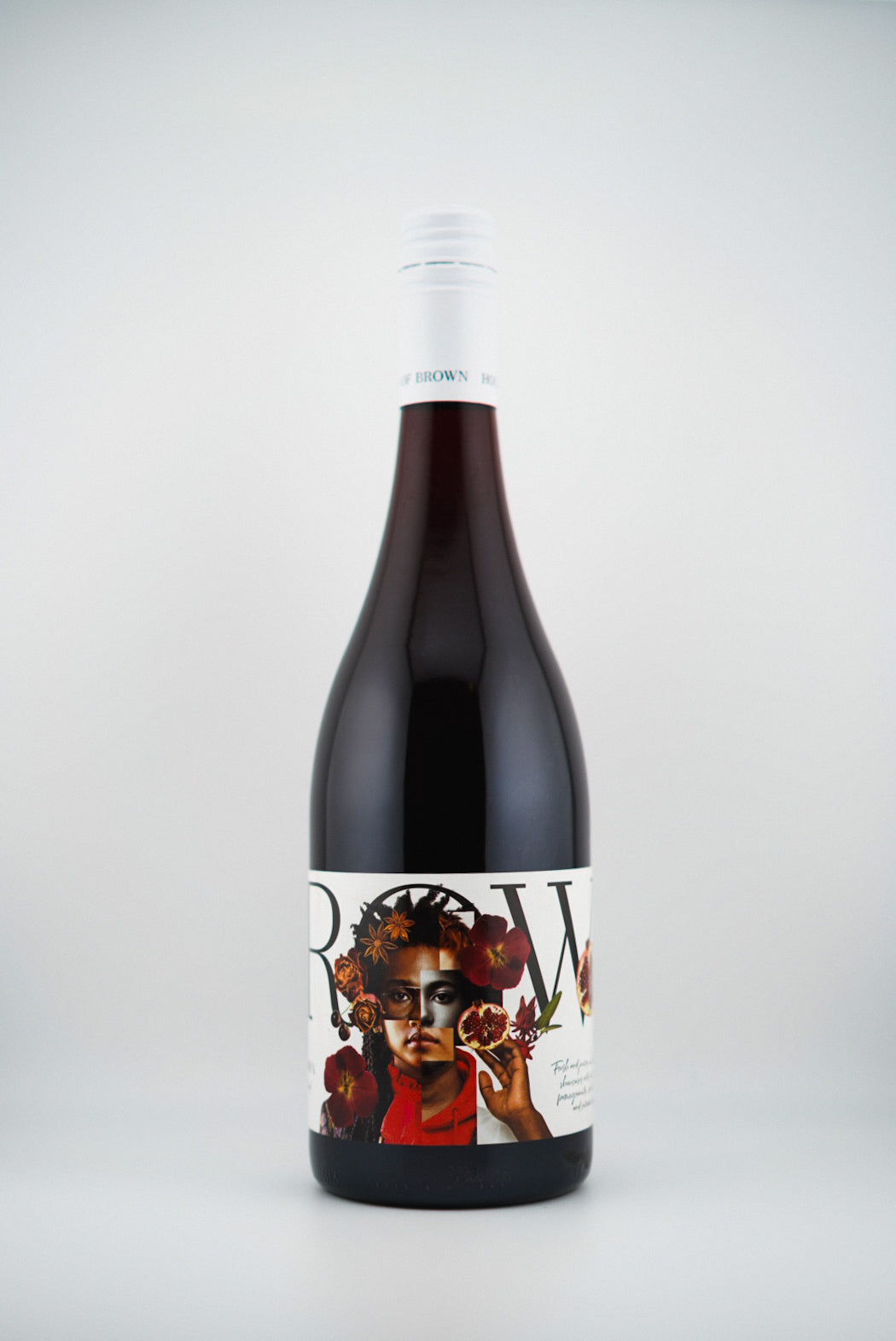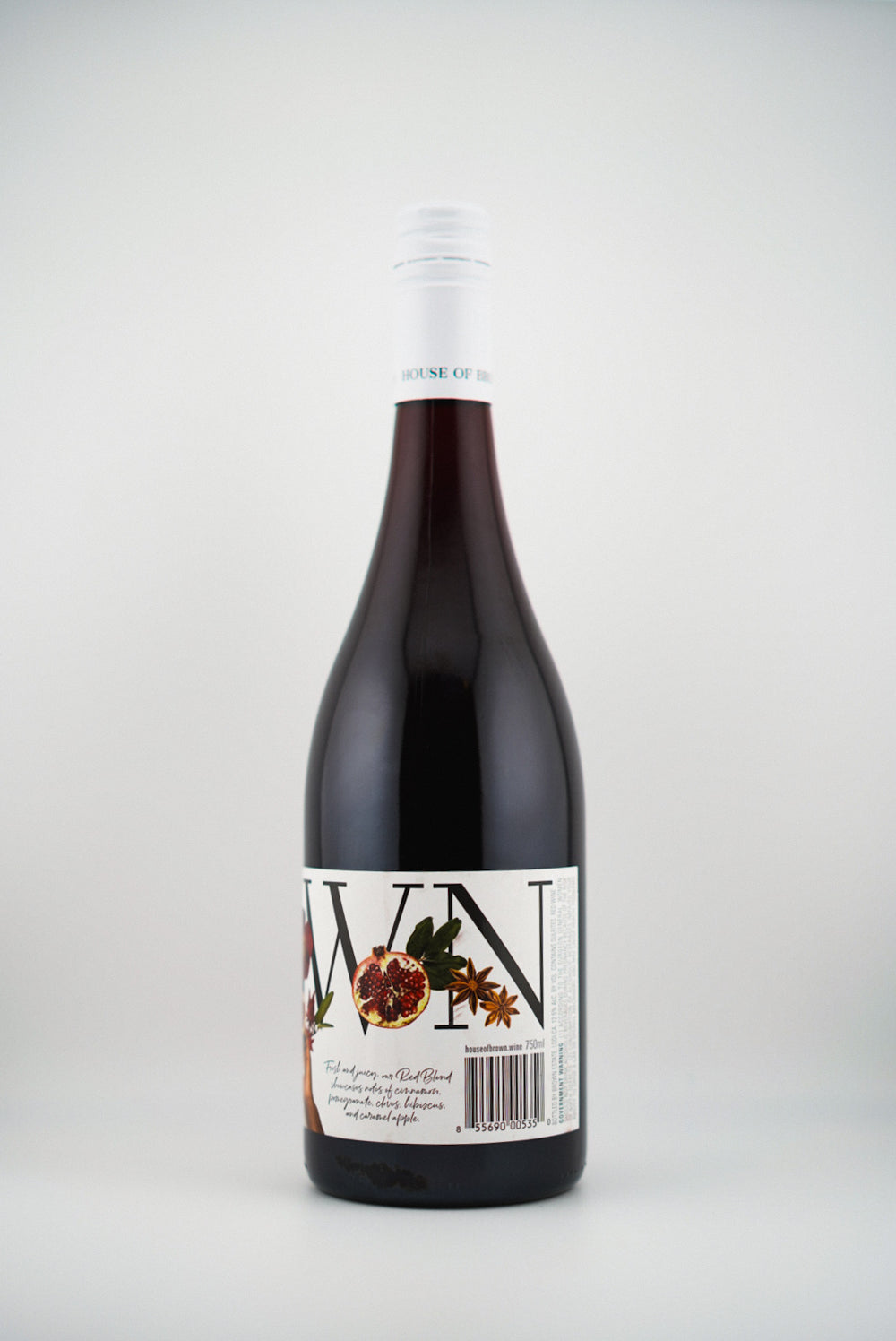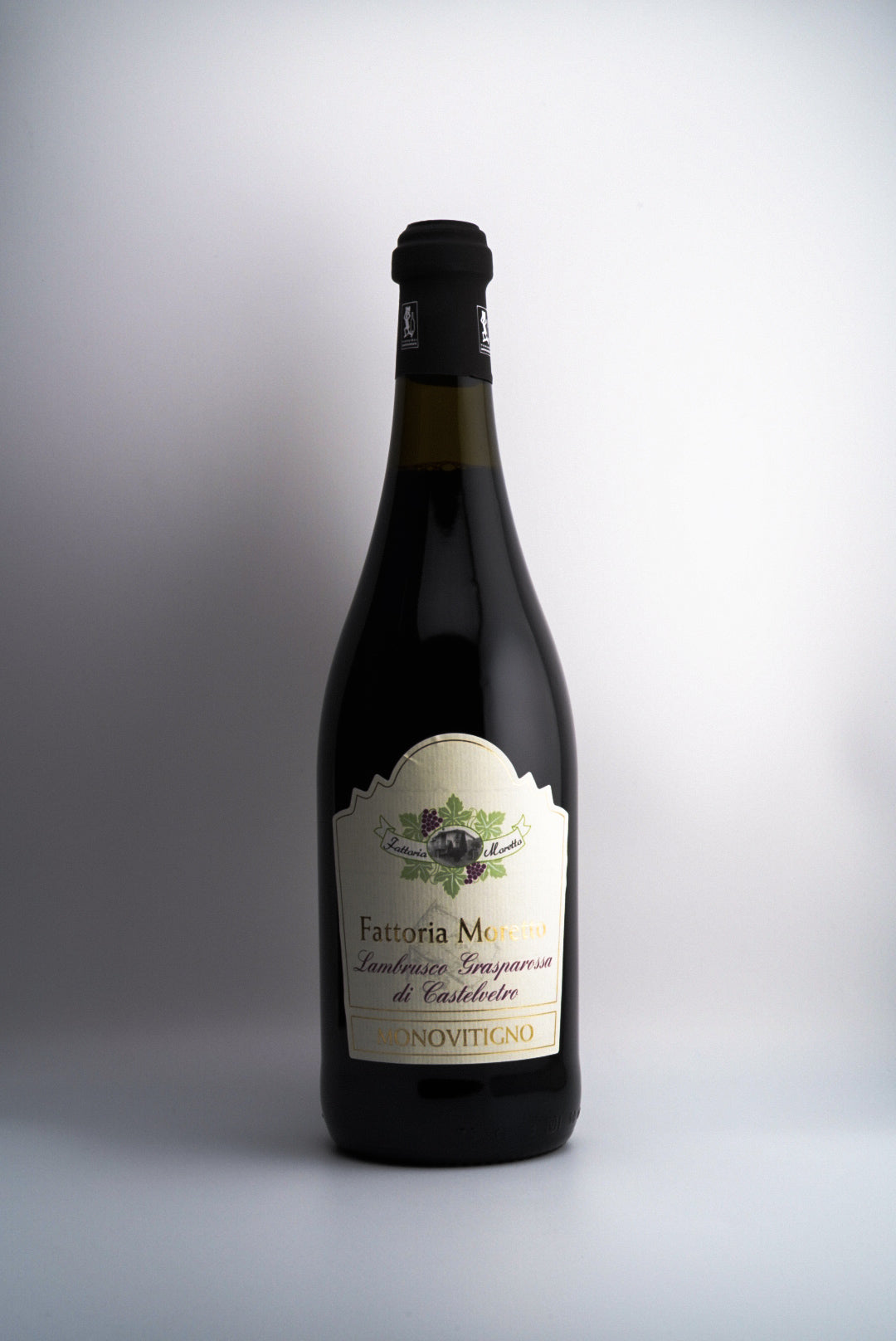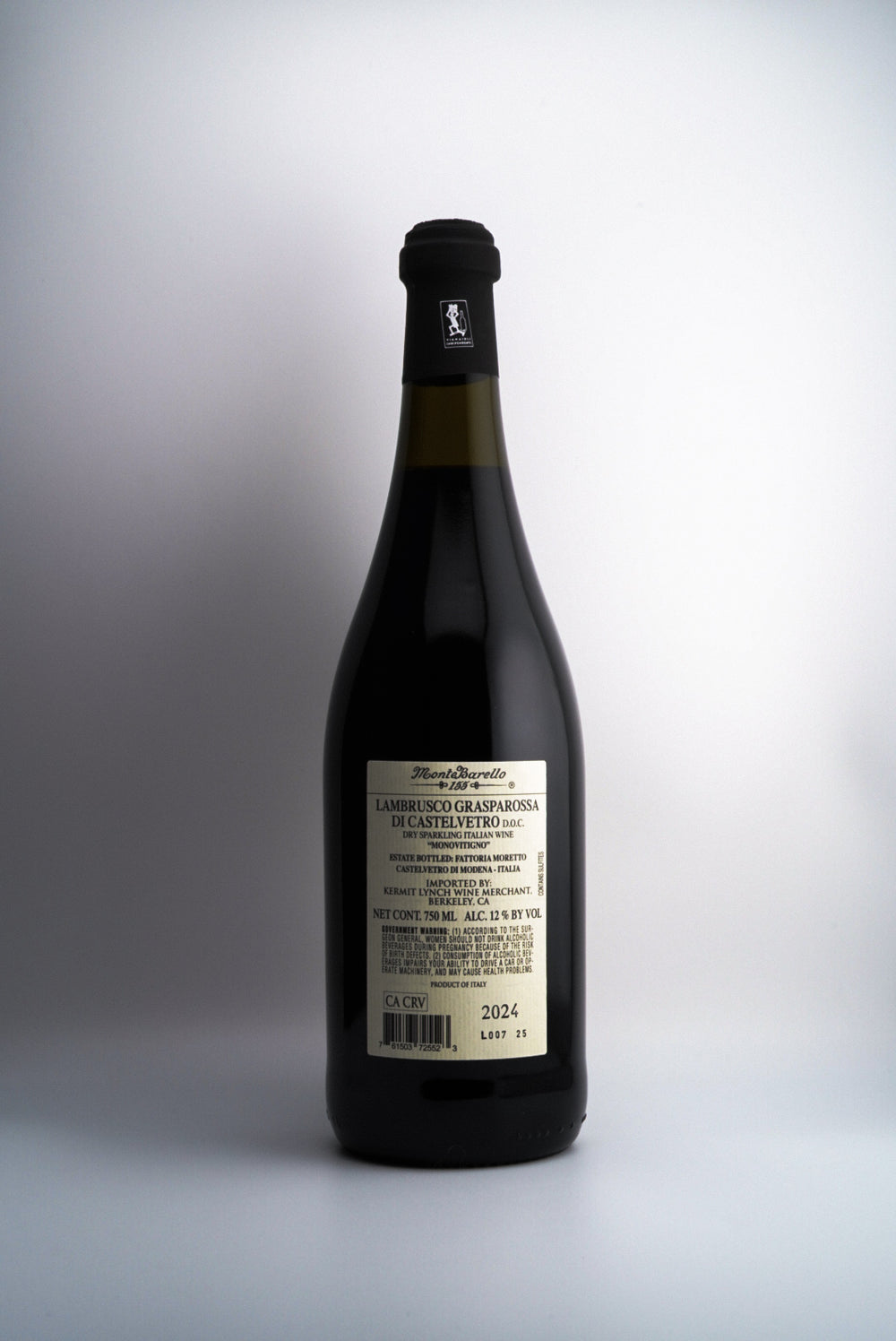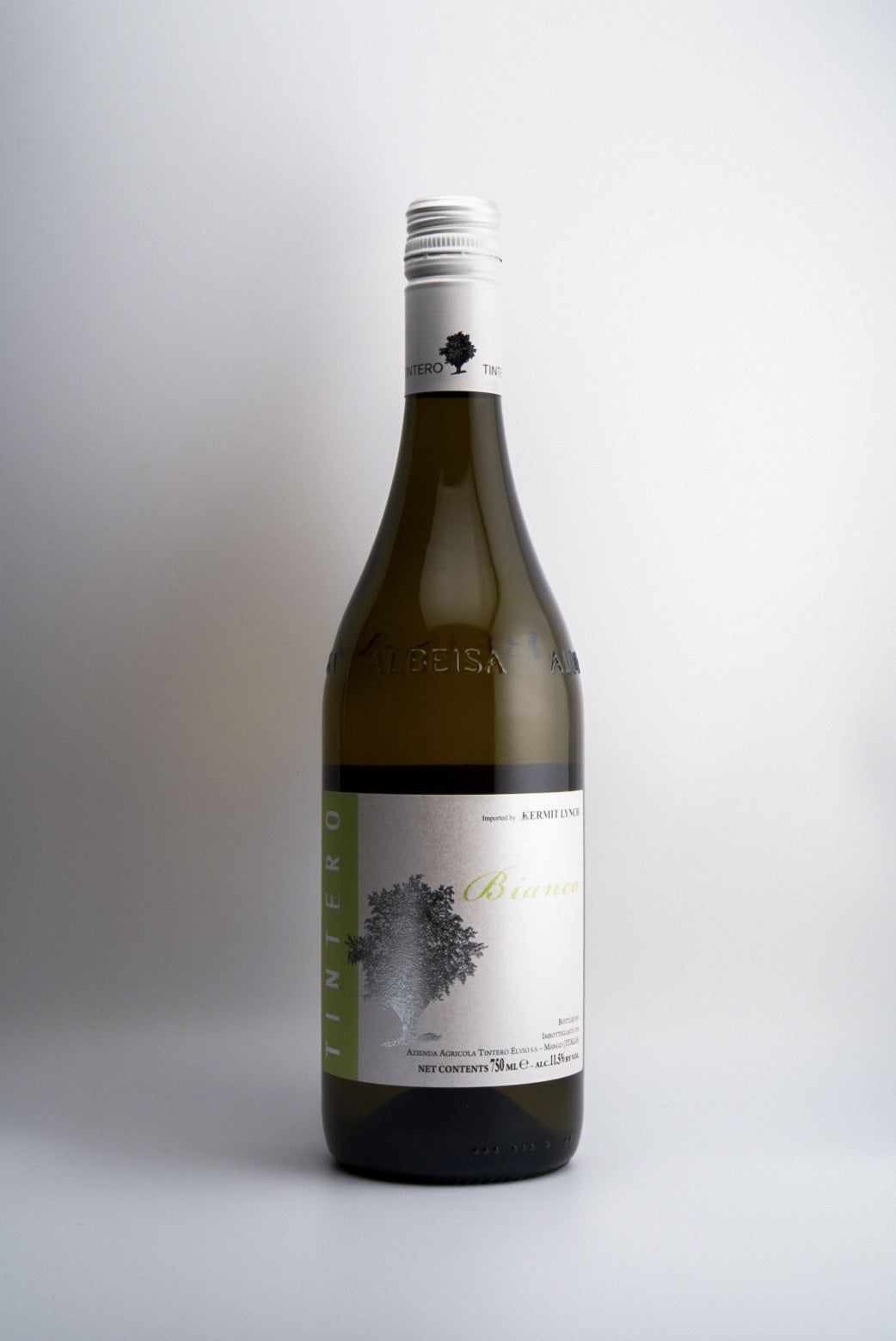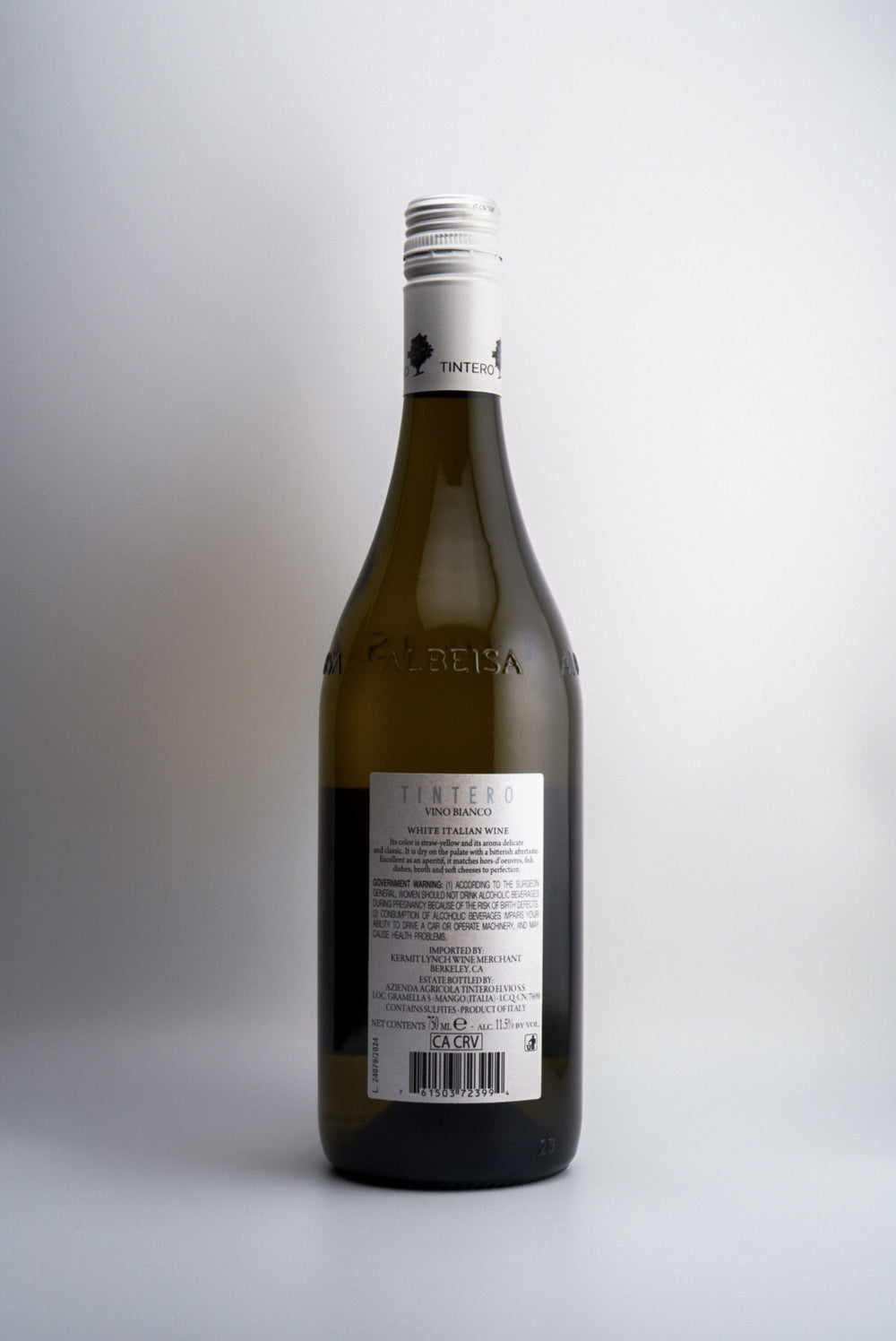Sherry 101
Explore Sherry: Spain's Ancient Fortified Treasure
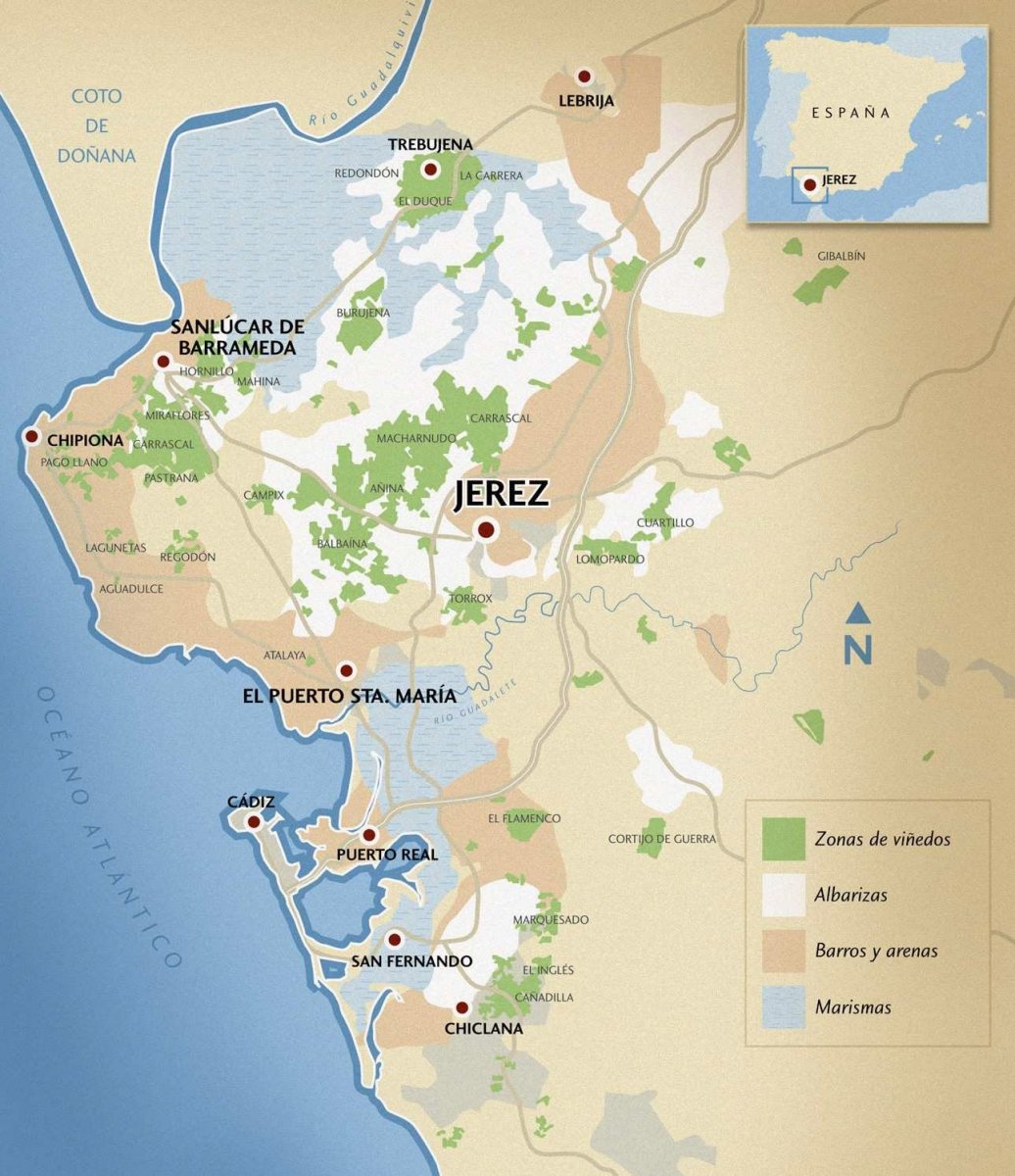 Source: Consejo Regulador de los Vinos de Jerez y Manzanilla.
Source: Consejo Regulador de los Vinos de Jerez y Manzanilla.Table of Contents:
Introduction & History |
Production & Region |
Sherry stands as one of the world's most distinctive, complex, and tragically misunderstood wine styles. Produced exclusively in the sun-drenched triangle of southwestern Spain between Jerez de la Frontera, El Puerto de Santa María, and Sanlúcar de Barrameda, these fortified wines represent a cultural and enological heritage spanning over 3,000 years. Yet despite this storied legacy and an astonishing diversity of styles ranging from bone-dry to decadently sweet, Sherry remains enigmatic to most wine enthusiasts outside Spain.
What makes Sherry particularly fascinating is its unique identity—neither fully a table wine nor merely a dessert wine, but rather a category unto itself with its own language, traditions, and production methods found nowhere else. The story of Sherry is one of remarkable symbiosis between human ingenuity and natural elements: the chalky albariza soils, the intense Andalusian sun, the cooling influence of the Atlantic Ocean, and most crucially, the mysterious flor yeast that gives certain Sherry styles their distinctive character. This extraordinary convergence of factors has created a wine tradition that defies simple categorization and rewards the curious with unparalleled complexity.
Long & Short History
Sherry's origins can be traced back to the Phoenicians, who founded the city of Cádiz around 1100 BCE and soon after established what would become Jerez de la Frontera (then called Xera). These enterprising seafarers planted the first vineyards and began producing wine that was exported throughout the Mediterranean. The Romans expanded viticultural practices, giving the area the name "Ceritium" from which "Jerez" would eventually derive. During the Moorish period, which began in 711 CE and lasted for over five centuries, viticulture continued despite Islamic prohibition on alcohol consumption, primarily for trade and medicinal purposes. The Arabic name for the region, "Sherish," would eventually evolve into "Sherry" in English.
The Christian reconquest of Andalusia in 1264 marked the beginning of Sherry's rise to international prominence. With religious restrictions lifted, vineyards expanded, and production techniques evolved. Sherry's international breakthrough came with Spain's expansion during the Age of Exploration. When Christopher Columbus sailed for the New World in 1492, his ships carried Sherry not just as sustenance but as a trading commodity. Ferdinand Magellan reportedly spent more on Sherry than on weapons when provisioning his expedition to circumnavigate the globe, famously stating that "it is necessary to have good supplies of wine from Jerez if men are to endure the rigors of the sea."
The British Connection: Shaping Modern Sherry
Few foreign wines have been as profoundly shaped by British taste as Sherry. The Anglo-Spanish relationship with Sherry began in earnest after the sack of Cádiz by the Earl of Essex in 1587, when English raiders returned home with booty that included 3,000 barrels of Sherry. This introduction captivated the English palate and initiated a commercial relationship that would transform Sherry production.
By the 17th century, British merchants had established permanent trading houses in Jerez, laying the foundation for famous bodegas that still bear anglicized names today: Harveys, Williams & Humbert, Sandeman, and others. These British-owned or influenced houses played a crucial role in industrializing and standardizing Sherry production, while also tailoring styles to suit British preferences—notably developing the sweetened styles like Cream Sherry that would dominate the export market for centuries.
Modern Era: Decline and Challenges
The 20th century brought unprecedented challenges to Sherry producers. The phylloxera epidemic eventually reached Jerez, forcing wholesale replanting with resistant rootstock. Far more damaging to Sherry's reputation was the market pressure to produce high volumes of inexpensive, sweetened wines for export markets, particularly in the post-World War II era. The proliferation of cheap "Cream Sherry" gradually eroded Sherry's prestige, relegating it in the public mind to the stereotype of an outdated drink favored by elderly aunts and vicars.
This commercial trend obscured the fact that traditional, high-quality Sherry production continued unabated among the region's finest bodegas, where the focus remained on the complex dry styles like Fino, Amontillado, and Oloroso that had always been favored by Spanish consumers. This divergence between export and domestic markets created a fundamental misunderstanding of Sherry's true nature that persists to some degree even today.
The Sherry Renaissance: Rediscovery and Revival
The past two decades have witnessed a remarkable renaissance in Sherry's fortunes, driven by several converging factors:
1. Craft Cocktail Movement: The global revival of classic cocktails brought renewed attention to Sherry as a key ingredient in numerous traditional drinks, from the Sherry Cobbler to the Bamboo. Creative bartenders have since embraced Sherry's complexity and versatility, developing new signature cocktails that showcase its unique characteristics.
2. Culinary Revolution: The rise of Spanish cuisine as a global influence, spearheaded by innovative chefs like Ferran Adrià and José Andrés, has highlighted Sherry's exceptional food-pairing abilities. Sommeliers at high-end restaurants have championed Sherry as a sophisticated pairing option, particularly for challenging flavors like artichokes, asparagus, and umami-rich dishes.
3. Artisanal Production: A new generation of boutique producers, including Equipo Navazos, Callejuela, and Emilio Hidalgo, has focused on single-vineyard, terroir-driven, and limited-release Sherries that have captivated wine connoisseurs seeking authentic, distinctive expressions.
Today's Sherry landscape reflects a dynamic tension between tradition and innovation. Environmental challenges, particularly climate change, pose significant threats to the region's traditional viticulture. Rising temperatures affect the delicate balance required for flor development, while water scarcity increasingly stresses vines in this already arid region. Despite these challenges, the future looks brighter for quality Sherry than it has in generations, with growing global sales and younger consumers discovering Sherry without the preconceptions of previous generations.
Sherry Production: A Unique Winemaking Tradition
Sherry production represents one of wine's most distinctive and complex traditions, combining elements that are found nowhere else in the wine world. The current production landscape can be understood through several key metrics:
Production Area: The Sherry region encompasses approximately 10,000 hectares (about 24,700 acres) of vineyards, a significant reduction from the 22,000 hectares planted in the 1970s, reflecting a shift toward quality over quantity.
Annual Production: Current production averages around 60 million liters (approximately 6.7 million cases) annually, with approximately 66% exported to international markets.
Economic Impact: The Sherry industry contributes approximately €500 million annually to Andalusia's economy and employs over 8,000 people directly.
Number of Producers: The region is home to approximately 65 registered bodegas, ranging from global corporations to small family operations maintaining centuries-old traditions.
Varietal Composition: Palomino Fino dominates with approximately 87% of plantings, followed by Pedro Ximénez (9%) and Moscatel (3%).
Key Markets: The United Kingdom remains the largest export market by volume, accounting for 25% of exports, followed by the Netherlands (16%), Germany (8%), and the United States (5%), with domestic Spanish consumption representing about 33% of total sales.
The Sherry Triangle: Geography and Terroir
Authentic Sherry can only be produced within a strictly defined geographic area in southwestern Spain's Andalusia region, specifically within what is known as the "Sherry Triangle" formed by three municipalities: Jerez de la Frontera, El Puerto de Santa María, and Sanlúcar de Barrameda. This triangle encompasses a total area of approximately 140 square kilometers dedicated to Sherry production.
The region's proximity to the Atlantic Ocean creates a unique microclimate that moderates the intense heat of southern Spain. Atlantic influences bring humidity and cooling breezes that are crucial for the development of flor yeast in biologically aged Sherries. This maritime influence varies in intensity across the triangle, creating distinct mesoclimates that influence the character of wines from each municipality.
Albariza: The White Gold Soil of Jerez
The most distinctive terroir element in the Sherry region is its famous albariza soil, a brilliant white, chalky marl composed primarily of calcium carbonate with small amounts of clay and sand. This exceptional soil type, which can contain up to 40% diatomaceous earth (the fossilized remains of marine phytoplankton), possesses remarkable properties:
Water Retention: Despite the region's arid climate (annual rainfall averages just 600mm), albariza can absorb up to 60% of its weight in water during winter rains, creating a natural reservoir that sustains vines through the long, dry summer.
Reflectivity: The brilliant white surface reflects sunlight back onto the vines, enhancing ripening and photosynthesis, while its tendency to form a dry crust reduces evaporation from the soil below.
Heat Regulation: Albariza maintains relatively cool temperatures below the surface even during extreme summer heat, protecting vine roots and maintaining vital microbial activity.
Beyond albariza, two other soil types play supporting roles in the region: barros, a darker, clay-rich soil found in lower areas, and arenas, sandy soils typically found closer to the coast.
Regional Variations: Three Points of the Triangle
Each of the three municipalities forming the Sherry Triangle produces wines with subtly distinctive character, influenced by their specific mesoclimates:
Jerez de la Frontera: The largest and most inland of the three cities, Jerez experiences the most continental climate, with hotter summers and colder winters. Vineyards here typically produce more powerful, structured wines that develop into robust Olorosos or complex Amontillados.
El Puerto de Santa María: Positioned at the mouth of the Guadalete River on the Bay of Cádiz, El Puerto enjoys a more pronounced maritime influence. Its wines often combine the power of Jerez with greater finesse and a distinctive saline quality.
Sanlúcar de Barrameda: Located at the mouth of the Guadalquivir River, Sanlúcar experiences the strongest maritime influence, with higher humidity and cooler average temperatures. These conditions foster particularly thick flor growth, resulting in the distinctive style known as Manzanilla—a lighter, more delicate version of Fino with pronounced coastal freshness and characteristic chamomile notes.
Grape Varieties: The Foundations of Sherry
Palomino Fino: The Heart of Dry Sherry
Palomino Fino is unquestionably the cornerstone of Sherry production, accounting for approximately 87% of the region's vineyard area. This native Andalusian variety possesses qualities that make it ideally suited for the unique demands of Sherry production, despite being relatively unremarkable when made as a conventional table wine.
Viticultural Characteristics: Palomino is well-adapted to the region's challenging climate conditions, demonstrating good resistance to drought and thriving in the calcium-rich albariza soils. The variety produces large bunches of thin-skinned berries that ripen relatively early, accumulating moderate sugar levels of around 12-13% potential alcohol—ideal for Sherry production.
Wine Qualities: As a base wine, Palomino typically produces a relatively neutral profile with moderate acidity, subtle apple and almond notes, and minimal aromatic intensity. These characteristics might be considered deficiencies in a table wine but are perfect for Sherry, as they provide an excellent canvas for the transformative effects of biological or oxidative aging. Palomino's relatively high pH also creates ideal conditions for flor development in biologically aged styles.
Pedro Ximénez and Moscatel: The Sweet Ones
Pedro Ximénez (often abbreviated as PX) represents approximately 9% of vineyard plantings and forms the foundation for the intensely sweet Sherries bearing its name. Unlike Palomino, Pedro Ximénez is primarily cultivated for its specific vinification potential. Characterized by larger berries with thinner skins than Palomino, it's ideal for the process of sun-drying (asoleo) that concentrates its sugars. The variety naturally accumulates higher sugar levels than Palomino, typically reaching potential alcohol levels of 14-15% before harvest.
Moscatel (Muscat of Alexandria) accounts for approximately 3% of vineyard plantings and contributes pronounced aromatic qualities to sweet blends. It thrives in the sandier arenas soils found primarily near the coast. Like Pedro Ximénez, Moscatel grapes undergo the asoleo sun-drying process, though typically for a shorter period due to the variety's thicker skins. It contributes distinctive floral and citrus aromatics alongside the expected raisin and caramel notes from the drying process.
While these three main varieties dominate current production, recent climate challenges have sparked interest in alternatives that might better withstand changing conditions, including historical varieties once common in the region before phylloxera and drought-resistant varieties from similar climate regions.
The Solera System: Transcending Vintage to Gain More than the Sum of It's Parts
Perhaps no element of Sherry production is as iconic or as crucial to its distinctive character as the solera system—a dynamic method of fractional blending and continuous aging that represents one of wine's most sophisticated traditions. Unlike most fine wines, which emphasize the expression of a specific vintage, Sherry embraces the complexity that comes from the careful integration of multiple vintages through this perpetual aging process.
The physical structure of a solera consists of multiple tiers (called criaderas or "nurseries") of barrels arranged in a graduated system, with the oldest wines in the bottom tier (the actual "solera" row) and progressively younger wines in the tiers above. When wine is drawn for bottling (a process called the saca), it comes exclusively from the bottom solera tier. This extracted portion is then replaced with wine from the first criadera above, which is in turn replenished from the second criadera, and so on up the system. The top tier is the only one to receive new wine from the current vintage.
This methodical movement of wine through the system achieves several crucial objectives simultaneously:
Consistency and House Style: By drawing small proportions from multiple vintages, the solera system creates remarkable consistency in a winery's products regardless of annual variations, allowing producers to maintain a distinctive house style across decades or even centuries.
Complexity Through Integration: The gradual blending of multiple vintages creates a level of complexity that would be impossible to achieve in a single-vintage wine. As older wines impart their mature characteristics to younger additions, and younger wines contribute freshness to the older base, a unique harmony develops.
Biological Continuity: For biologically aged Sherries like Fino and Manzanilla, the solera system ensures continuity of the flor yeast culture, as each new addition is "trained" by the established flor in the existing wine.
Extended Aging Potential: The fractional blending process creates wines with extraordinary aging potential, as the mature components help stabilize the younger elements. This enables even delicate styles like Fino to develop remarkable complexity while maintaining freshness.
Aging Methods: Biological and Oxidative Development
Biological Aging: Understanding Flor
The most distinctive aspect of Sherry production—and what truly separates it from other fortified wines—is the phenomenon of biological aging under flor. This unique process refers to the development of a floating veil of indigenous yeasts on the surface of the wine, which fundamentally transforms its character while protecting it from oxidation.
Flor (Spanish for "flower") is composed primarily of specialized strains of Saccharomyces cerevisiae yeast that have evolved to thrive in the particular conditions of Sherry bodegas. Unlike conventional wine yeasts that sink to the bottom after fermentation, these strains rise to the surface and form a thick, wrinkled layer that completely covers the wine beneath.
The development of flor depends on a precise balance of critical environmental factors:
Alcohol Level: Flor yeasts require a specific alcohol concentration, typically between 15-15.5% by volume. Below this range, the wine would be vulnerable to other microorganisms; above it, even flor yeasts cannot survive.
Available Nutrients: Flor yeasts metabolize compounds in the wine—particularly glycerin, certain alcohols, and acetic acid—creating the distinctive flavor components that characterize fino-style Sherries.
Temperature and Humidity: Flor development is highly sensitive to environmental conditions, thriving in the temperature range of 15-22°C (59-72°F) with high humidity. These conditions are naturally maintained in traditional Sherry bodegas through architectural features like high ceilings, thick walls, and earthen floors.
As flor yeasts metabolize compounds in the wine, they create dramatic chemical and sensory changes: producing acetaldehyde (contributing the distinctive almondlike aroma), reducing glycerin (creating the characteristic lean, dry texture), and forming a barrier against oxidation (preserving the wine's pale color and delicate character).
Oxidative Aging: The Alternative Path
While biological aging under flor represents Sherry's most distinctive technical innovation, the tradition of oxidative aging is equally important to the region's diverse range of styles. This more ancient approach to maturation begins with a critical fork in the production path: fortification to approximately 17-18% alcohol, a level that prevents flor development entirely. Without the protective veil of yeast, the wine is exposed to a slow, controlled process of oxidation inside barrels.
The key parameters of oxidative aging include:
Barrel Properties: Sherry barrels (botas) are typically American oak with a capacity of 600 liters. These barrels are deliberately constructed to allow slow oxygen exchange, with thin staves and looser grain structure. Most importantly, they are not topped up during aging, allowing a significant ullage (headspace) where oxygen interaction occurs.
Temperature Fluctuations: Unlike biologically aged Sherries, which require stable temperatures, oxidative styles benefit from the natural seasonal temperature variations in the bodega. These fluctuations create pressure changes that accelerate the extraction of compounds from the oak and enhance oxygen exchange.
The oxidative aging process transforms Sherry in profound ways: deepening color from pale straw to mahogany, creating a cascade of aromatic compounds (including acetals contributing nutty aromas, lactones responsible for wood notes, and various aldehydes adding dried fruit and spice characteristics), concentrating flavors through evaporation, and eventually producing the prized quality known as rancio—a complex combination of aromas reminiscent of walnuts, fine old furniture, tobacco, and dried fruits.
Sherry Styles: A Spectrum of Character
Fino and Manzanilla: The Entry Level One
Fino represents the most delicate expression of Sherry and the style that most profoundly demonstrates the unique character of biological aging. The journey to Fino begins with the most delicate press fractions from Palomino grapes grown predominantly in albariza soils. After fermentation, the base wine is fortified to 15-15.5% alcohol—precisely the range that encourages flor development. Once in barrel and arranged in the solera system, the wine develops under a continuous veil of flor for a minimum of three years, though many premium examples age for five to seven years or more.
Fino's sensory profile is one of wine's most distinctive and inimitable: pale straw to gold in appearance; complex aromas of fresh bread, almonds, chamomile, and chalk with the distinctive pungency of acetaldehyde; bone-dry on the palate with bracing acidity and a distinctive saline quality; and a long, clean finish with lingering notes of almond and minerality.
Manzanilla, produced exclusively in Sanlúcar de Barrameda, represents the most delicate and distinctive expression of biological aging. Sanlúcar's unique mesoclimate, positioned at the mouth of the Guadalquivir River where it meets the Atlantic Ocean, creates higher humidity and more moderate temperatures than inland Jerez, fostering more vigorous and persistent flor growth. The result is a wine that undergoes more complete biological aging with minimal oxidative influence, creating the lightest, most delicate expression in the Sherry spectrum, with pronounced chamomile and coastal salinity notes that distinguish it from Fino.
Amontillado: The Harmonious Middle Path One
Amontillado represents one of Sherry's most harmonious styles, combining the finesse of biological aging with the depth of oxidative maturation. This dual-personality wine begins its life as a Fino, developing under flor for several years, before transitioning to oxidative aging through either natural flor die-off or deliberate additional fortification.
The name derives from Montilla, a neighboring wine region that historically produced wines with a similar profile. The production process follows a unique dual-stage path: initial biological aging under flor for 3-8 years, followed by a transition to oxidative aging (as the flor gradually exhausts available nutrients or through deliberate fortification), and finally an extended oxidative phase lasting anywhere from 8 to 30+ years.
Amontillado's dual aging process creates a compelling sensory profile: amber to topaz in color; complex aromas interplaying between sharp, nutty notes derived from biological aging and deeper oxidative elements like hazelnuts, toffee, dried citrus peel, and subtle woody notes; typically bone-dry with medium body and a distinctive textural tension; and a long, complex finish that evolves for minutes.
Palo Cortado: The Mysterious One
Perhaps no Sherry style is surrounded by more mystique and reverence than Palo Cortado, a rare category that traditionally emerged as something of a beautiful accident in the bodega. Its name derives from the chalk markings used by cellar workers to identify barrel contents—a palo cortado (cut stick) indicated a barrel that had begun life destined for Fino but had spontaneously developed characteristics that placed it outside that category.
Historically, Palo Cortado resulted from barrels of developing Fino where the flor failed to form properly or died prematurely due to barrel peculiarities, subtle differences in the base wine's structure, or other mysterious factors. Today, while true "accidental" Palo Cortados still exist, most are deliberately created through careful selection of base wines that show the potential for this distinctive profile.
The sensory profile of Palo Cortado represents a fascinating study in contrasts: amber to mahogany in color; remarkably delicate and refined aromatics despite the wine's substantial body; full-bodied and rich on the palate with greater glyceric texture and weight than Amontillado; and a very long, complex finish. The combination of delicate aromatics with substantial mouthfeel creates the style's characteristic elegant power.
Oloroso: The Oxidative One
Oloroso represents the quintessential expression of oxidative aging in Sherry, developing its profound character through complete exposure to oxygen throughout its maturation. Unlike Fino, Amontillado, and Palo Cortado, Oloroso never experiences biological aging under flor at any stage of its development.
The path to Oloroso begins at the initial classification of base wines after fermentation. Wines showing greater structure, body, and concentration are selected for the Oloroso path and immediately fortified to approximately 17-18% alcohol, a level that prevents flor development entirely. Once fortified, the wines enter the solera system where they undergo extended oxidative aging, typically for a minimum of 5-7 years, though premium examples may age for 20-30 years or more before bottling.
Oloroso presents one of the wine world's most powerful and complex sensory profiles: deep amber to mahogany in color; profoundly rich aromas of walnuts, dried figs, leather, tobacco, caramel, and dark chocolate; full-bodied and powerful on the palate with remarkable concentration and glyceric texture; and an extraordinarily long, persistent finish. While technically dry (with minimal residual sugar), quality Olorosos often display perceived sweetness from the concentration of glycerol and other compounds developed during extended aging.
Pedro Ximénez: Ultra Sweet One
Pedro Ximénez (often abbreviated as PX) represents the apex of sweetness in the Sherry spectrum, produced through a process that concentrates grape sugars to extraordinary levels. While technically falling under the Sherry regulatory framework, PX production follows a distinct methodology focused on maximizing natural sweetness through sun-drying before fermentation.
The journey to PX begins with the grape of the same name, which undergoes the asoleo (sun-drying) process: immediately after harvest, the grapes are laid out on esparto grass mats in the intense Andalusian sun for 7-15 days. During this period, the grapes lose approximately 40-50% of their water content through evaporation, concentrating sugars to extraordinary levels (often exceeding 400 g/L). The partially raisined grapes yield extremely viscous must, and the extreme sugar concentration makes complete fermentation impossible, as yeasts become inactive when alcohol levels reach 15-16%, leaving substantial residual sugar.
Pedro Ximénez presents one of the wine world's most intense sensory experiences: exceptionally dark, ranging from deep mahogany to nearly opaque black, with remarkable viscosity; intensely sweet and complex aromas of raisins, dates, prunes, fig jam, molasses, coffee, dark chocolate, and licorice; unctuously sweet and thick on the palate, with extraordinary concentration and glyceric texture; and a remarkably persistent finish, with sweetness and complex notes lingering for minutes.
Cream and Blended Styles: The British Influence
The category of blended sweet Sherries, particularly Cream Sherry, represents a fascinating chapter in Sherry's history—one that reflects the profound influence of British market preferences on the evolution of certain styles. While these wines have sometimes been dismissed by purists as commercial concessions, they have played a crucial role in Sherry's global reach.
The development of sweetened Sherries emerged primarily from British taste preferences in the 18th and 19th centuries, when dry wines were less fashionable than sweetened styles. British merchant houses established in Jerez began blending naturally dry Sherries with sweet wines to create products tailored to their home market's preferences. The most famous of these styles, Cream Sherry, has its origins in Bristol Cream—a product developed by Harveys of Bristol in the 1860s.
Traditional production involves blending a base of Oloroso (typically 75-80% of the final blend) with sweet Pedro Ximénez (20-25%) to create a wine combining oxidative complexity with rich sweetness. The Consejo Regulador formally recognizes several categories of blended sweet Sherries, defined by their sweetness levels and base components:
Pale Cream: Created by sweetening biologically aged wines (Fino or Manzanilla) with concentrated must or sweet wine (typically 45-115 g/L of residual sugar).
Medium: Typically based on Amontillado or lighter Oloroso blended with sweet wine to create a moderately sweet product (typically 5-115 g/L of residual sugar).
Cream: The richest standard style, normally based on Oloroso blended with significant portions of Pedro Ximénez or Moscatel (typically 115-140 g/L of residual sugar).
Tasting Guide: Understanding Sherry's Variations
Approaching Sherry with an informed palate significantly enhances appreciation of its distinctive characteristics. The following framework provides a structured approach to evaluating the key styles, highlighting the sensory markers that distinguish quality examples:
Fino and Manzanilla Assessment
Visual Assessment: Look for brilliant clarity and pale straw to gold coloration. Premium examples often show a slight greenish tinge when young, progressing to pale gold with age.
Aromatic Markers: Seek the distinctive sharp, aldehydic character (often described as "punzante" in Spanish) complemented by fresh bread, almonds, chamomile, and green olive. In Manzanilla particularly, coastal salinity should be evident.
Structural Elements: The palate should be bone-dry with bracing acidity and pronounced saline minerality. Body should be light to medium, with a distinctive texture resulting from glycerin reduction by flor.
Quality Indicators: Complexity, precision, and length distinguish premium examples. The interaction between biological and subtle oxidative notes (particularly in older Finos) creates layers of nuance in the finest versions.
Amontillado and Oxidative Style Assessment
Visual Assessment: Amber to topaz coloration for Amontillado, deepening to mahogany for Oloroso, with brilliant clarity and notable viscosity.
Aromatic Markers: For Amontillado, look for the distinctive integration of sharp, aldehydic notes from biological aging with deeper oxidative characteristics. For Oloroso, seek powerful, complex aromatics dominated by walnuts, dried figs, leather, tobacco, and dark chocolate.
Structural Elements: Amontillado should be dry with medium body—fuller than Fino but more elegant than Oloroso. Oloroso should be full-bodied and powerful, with significant glyceric texture and concentration.
Quality Indicators: Exceptional Amontillado displays perfect balance between biological and oxidative character. The finest Olorosos combine power with finesse—substantial body and concentration without heaviness or excessive alcoholic heat.
Pedro Ximénez Assessment
Visual Assessment: Expect deep mahogany to nearly opaque black coloration with exceptional viscosity evident in slow-moving, thick tears forming when the wine is swirled.
Aromatic Markers: Intensely sweet aromatics dominated by raisins, dates, prunes, molasses, coffee, dark chocolate, and licorice. Aged examples develop additional complexity, introducing tobacco, exotic spices, and balsamic notes.
Structural Elements: Extraordinarily sweet and viscous, with surprising acidity providing necessary balance. The texture should be unctuous without becoming cloyingly heavy, with acidity cleansing the palate despite the intense sweetness.
Quality Indicators: The finest examples maintain perfect tension between sweetness and acidity, with sufficient structural elements to prevent one-dimensional heaviness.
Food Pairing Guide: Sherry at the Table
Sherry's extraordinary range of styles, from bone-dry to lusciously sweet, makes it one of the world's most versatile food wines. While often relegated to aperitif or dessert status, Sherry can accompany an entire meal when properly paired. The following guide highlights classic combinations while suggesting contemporary applications:
Fino and Manzanilla Pairings
Classic Spanish Matches:
- Jamón ibérico and other cured meats, where the wine's saline qualities highlight the meat's sweetness
- Fried fish and seafood (especially boquerones and calamari), with the wine's precision cutting through richness
- Marcona almonds and green olives, echoing flavor compounds found in the wine itself
- Gazpacho and other cold soups, particularly those incorporating olive oil and vinegar
Contemporary Applications:
- Raw bar selections, particularly oysters, where Manzanilla's saline character creates extraordinary synergy
- Challenging ingredients like artichokes, asparagus, and vinaigrettes that typically conflict with wine
- East Asian cuisines featuring soy, dashi, and other umami-rich components
Amontillado and Oloroso Pairings
Classic Spanish Matches:
- Consommés and clear soups, particularly those with mushroom influence (Amontillado)
- Game birds such as partridge, quail, and pheasant (Amontillado)
- Braised beef dishes like estofado de rabo de toro (oxtail stew) (Oloroso)
- Game meats, particularly venison and wild boar (Oloroso)
- Aged cheeses with pronounced flavor, including Idiazábal and well-aged Manchego (both)
Contemporary Applications:
- Mushroom-focused dishes, particularly those featuring wild or exotic varieties (Amontillado)
- Umami-rich vegetarian cuisine, including dishes with miso, nutritional yeast, or aged cheeses (both)
- Dishes incorporating global umami components like soy, fish sauce, and fermented pastes (Oloroso)
- Aged beef, particularly slow-cooked preparations or those with complex spicing (Oloroso)
Pedro Ximénez and Cream Sherry Pairings
Classic Matches:
- Vanilla ice cream, famously enhanced with a PX drizzle
- Traditional Spanish pastries, particularly those incorporating almonds
- Blue cheeses, especially powerful varieties like Cabrales
- Dark chocolate desserts with minimal additional sweetening
Contemporary Applications:
- As a cooking ingredient in glazes and reductions for duck and game
- In sophisticated cocktails requiring complex sweetening agents
- With desserts incorporating coffee, caramel, and dark chocolate elements
Several key principles underlie successful Sherry pairings: match intensity (align the weight of the wine with similar qualities in the food), consider umami (Sherry's unique aging processes create umami characteristics that pair well with umami-rich foods), embrace contrast (particularly effective with sweet Sherries), and respect regional wisdom (traditional pairings from the Sherry region offer centuries of accumulated knowledge).
Buying and Storage Guide: Maximizing Sherry Quality
Sherry's unique production methods create specific considerations for purchasing and storage that differ from conventional wines. Understanding these factors helps ensure optimal quality and value:
Essential Purchasing Knowledge
Bottling Dates: Unlike most fine wines, where vintage indicates quality potential, Sherry quality relates more to the date of bottling and the wine's subsequent storage. The most conscientious producers include bottling dates on their labels, particularly for biologically aged styles—seek these whenever possible.
Freshness Priorities: Fino and Manzanilla are at their peak when freshly bottled and generally decline with extended bottle age. For these styles, prioritize recent bottlings from producers with good turnover and proper storage.
Oxidative Style Stability: Amontillado, Oloroso, Palo Cortado, and sweet styles are highly stable after bottling due to their complete oxidative development. These wines can maintain quality for decades when properly stored, making older bottlings potentially excellent purchases.
Reliable Producers: While large Sherry houses produce consistent quality, many connoisseurs seek bottles from smaller, quality-focused producers including Emilio Hidalgo, Fernando de Castilla, Tradición, Valdespino, El Maestro Sierra, and Equipo Navazos.
How to Read the Label
Sherry labels can be confusing, often combining traditional terminology with marketing terms. Key elements to understand include:
Style Indicators: Primary style terms (Fino, Amontillado, Oloroso, etc.) should be prominently displayed, indicating the basic production method
Age Classifications:
- No age statement: Minimum three years of aging
- Vinos Generosos: The basic classification for dry Sherries
- Vinos Generosos de Licor: Sweetened Sherries
- VOS: Very Old Sherry, minimum average age of 20 years
- VORS: Very Old Rare Sherry, minimum average age of 30 years
Proper Storage Guidelines
Biological Styles (Fino, Manzanilla): Store upright in refrigeration (7-10°C/45-50°F) with proper sealing. Best consumed within days of opening, though quality examples can maintain freshness up to a week with proper refrigeration and resealing.
Amontillado and Palo Cortado: Can be stored either upright or horizontally in cool conditions (12-15°C/54-59°F). Once opened, they remain stable for several weeks when properly resealed and refrigerated.
Oloroso and Sweet Styles: Extremely stable even after opening. Store upright or horizontally in cool conditions (12-15°C/54-59°F). Once opened, they can maintain quality for months or even years with proper resealing.
Sherry represents one of the wine world's greatest values, particularly in its highest quality expressions. Basic styles from reputable producers offer exceptional value for everyday enjoyment, while premium aged Amontillados, Olorosos, and Palo Cortados from quality-focused producers—often aged 12-20 years—typically cost far less than wines of comparable age and quality from other prestigious regions.
Conclusion: Sherry's Timeless Relevance
Sherry stands as one of the wine world's most distinctive treasures—a living link to centuries of tradition that simultaneously offers thoroughly modern relevance to contemporary wine culture. From its unique production methods to its extraordinary versatility at the table, Sherry represents a category that rewards exploration and defies simple categorization.
What makes Sherry particularly compelling in today's wine landscape is its perfect positioning at the intersection of several current trends: authenticity and tradition in an era increasingly concerned with cultural heritage; gastronomic versatility as global cuisine becomes increasingly diverse; artisanal appreciation in the growing movement toward small-production wines; and remarkable value in a fine wine market increasingly defined by speculation and investment.
For the contemporary wine enthusiast, Sherry offers an unparalleled opportunity to explore a category of wine still remarkably underappreciated relative to its quality. While the recent Sherry renaissance has begun to correct decades of misunderstanding, the category still represents a hidden gem within fine wine—a world where exceptional aged and complex wines remain available at prices that would be unthinkable for comparable quality from more fashionable regions.
Perhaps most compelling is Sherry's quintessentially human character—these are wines that could not exist without the careful integration of natural processes and human intervention over centuries. The solera system, with its perpetual blending of young and old; the architecture of the bodegas, designed to foster perfect conditions for flor development; and the careful classification decisions that determine each wine's path—all represent a profound collaboration between nature and culture that defines the very best of wine tradition.
Wine 101

Holiday Pairing Guide — 10 Essentials Thanksgiving Wine Pairing Guide: 10 Wines for a Delicious Feast Thanksgiving is our favorite kind of chaos: a table full of savory, sweet, crunchy, and creamy — all at...
Read more →Latest articles
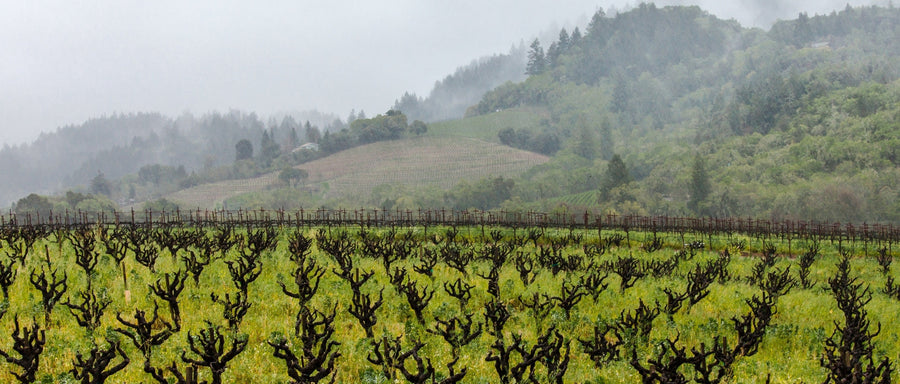
Wine Education · Opinion Don’t Fear Non-Vintage: The Case for Blending Across Seasons We expect wine to behave like a time capsule. One year, frozen in glass. But a single season can be cruel or kind, and ...
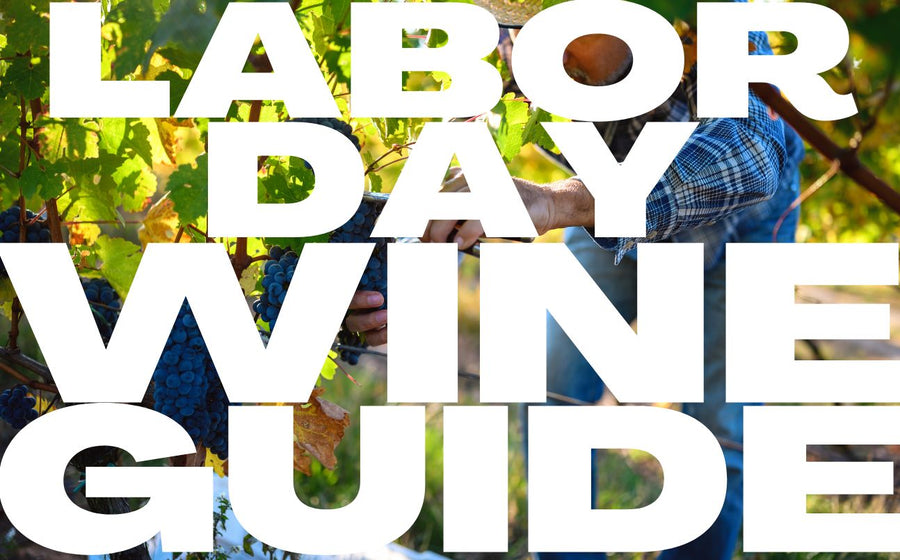
What's Below: BBQ & Grilling Perfect Red Wines Meat & Wine Matches Veggie Grill Wines Pool Party Essentials Crisp White Wines Rosé All Day Sparkling Options Party Planning Ho...

What's Below: European Gems Slovenia's Hidden Tuscany Austria's White Wine Wonderland Spain's High-Altitude Surprise New World Discoveries Mexico's Wine Revolution Brazil's Italian Influ...

We've paired every single Trader Joe's cheese with the perfect wine. Your next cheese board is about to get very, very good. The Ultimate Trader Joe's Cheese & Wine Pairing Guide Look, Trader Joe...

"Liberté, égalité, fraternité" The key to great Bastille Day wine pairing is choosing authentic French wines that complement traditional French foods without overpowering them. Rich cheeses, herb-crus...

What wine should you have on 4th of July? These (All American) ones!

"Wine was never trying to be cool. And thank goodness for that." Every few months, another think piece declares wine dead. "Gen Z has killed wine." "Hard seltzers are the new wine." "Why wine isn't cool...

What's Below: The Foundation Introduction The Absolute Reality Real Shopping Experience Digital & Psychological The iPhone Test Psychology of Enhancement Addressing the Purists ...

Image source: Valentina Vineyards. San Diego's top source of organically farmed wine grapes. San Diego County boasts over 172 active wineries and vineyards across diverse microclimates, from coastal va...

Italy boasts a rich tapestry of wine regions, each with its unique terroir, indigenous grape varieties, and winemaking traditions. Join us on a journey through all 20 Italian administrative regions, from int...
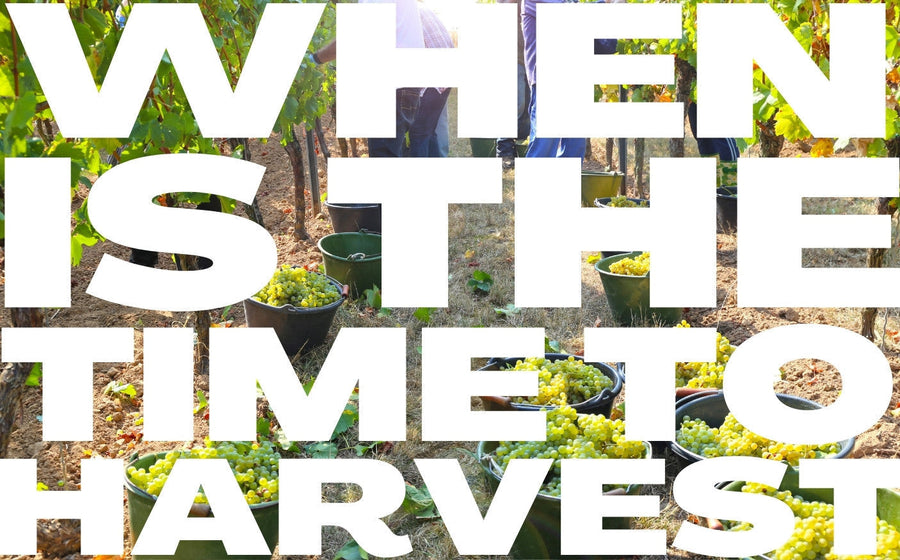
The journey of wine grapes from vineyard to bottle is a fascinating process guided by both science and tradition. Let's explore how vignerons determine the perfect moment to pick their grapes for optima...

Easter Wine Pairings That Won't Disappoint Easter is hopping our way, and whether you're hosting an elegant brunch or a family feast, the right wine can transform your gathering from merely memorabl...

Explore Sherry: Spain's Ancient Fortified Treasure Source: Consejo Regulador de los Vinos de Jerez y Manzanilla. If you are trying to get an excellent academic understanding of Sherry, its various styl...
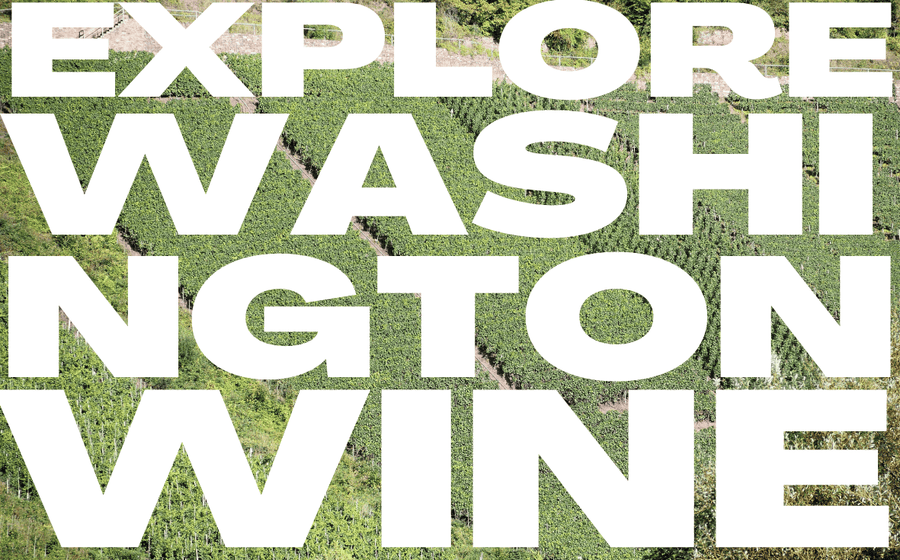
Explore Washington State Wine Source: Washington State Wine Commission. If you are trying to get an excellent academic understanding of Washington State, its various wine regions, and its role within t...


